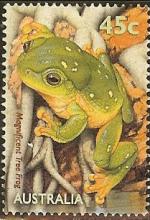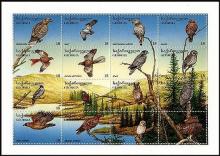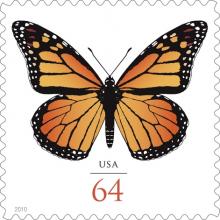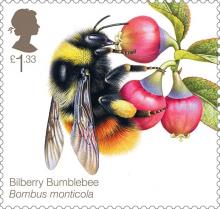Complex pesticide mixtures in tissues of native frogs at six wetlands in Iowa
Habitat loss and exposure to pesticides are likely primary factors contributing to amphibian decline in agricultural landscapes. We examined the presence of pesticides and nutrients in water and sediment as indicators of habitat quality and assessed the bioaccumulation of pesticides in the tissue of two native amphibian species Pseudacris maculata (chorus frogs) and Lithobates pipiens (leopard frogs) at six wetlands (3 restored and 3 reference) in Iowa, USA. Concentrations of the pesticides frequently detected in water and sediment samples were not different between wetland types.










